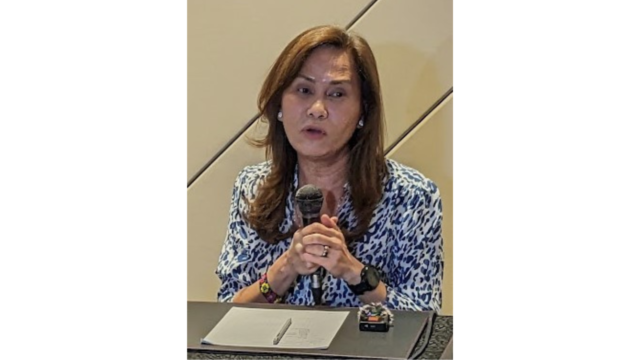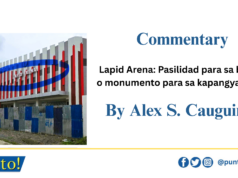CLARK FREEPORT — “Rice is a difficult product because farmers want higher prices for the commodity while consumers seek lower prices. Rice is a product that must be subsidized by the national and local governments.”
Thus, Tarlac Gov. Susan Yap pushed for the government to provide more subsidies to the production of rice as a way of ensuring food security in the wake of President Ferdinand Marcos Jr.’s lifting of rice price caps.
Speaking at the KapiHann media forum of the Pampanga Press Club at Swissotel-Clark here last Wednesday, Yap noted that the provincial government of Tarlac has been giving a P1 subsidy to the buying price of every kilogram of palay purchased by the National Food Authority.
The provincial government also regularly provides equipment, seeds and fertilizers to help improve rice production, she added.
Tarlac has about 30,000 hectares of rice plantations, Yap said.
Of Central Luzon’s total land area of some 2.13 million hectares, the gross area for agricultural lands is some 824,000 hectares. Once dubbed the “Rice Granary of the Philippines,” the region has remained one of the country’s top producers of palay and major crops.
Records at the Philippine Statistics Authority showed Central Luzon produced 867,100 metric tons of palay in the first quarter of 2023 or an increase of 12.2% from the recorded 772,900 metric tons for the same period in 2022.
Yap, who chairs the Central Luzon Regional Development Council, said the region is bracing for the impact of the anticipated drought to the agricultural sector in the next two years.
“We are expecting drastic effects of El Nino so we also approved the additional funding of the Department of Agriculture. Maliit na lang, kasi ang nakalaan para sa Region 3 is P7 billion to address the effects of the El Nino,” noted Yap.
As RDC-3 head, Yap said she has been rallying local government units to address the need for bulk water systems to harness surface water and solid waste management.
“We must tap other sources of water, as in water harnessing or impounding which is less costly to do. I told (LGUs) to submit hydrological studies in their areas to identify alternative water sources,” she said. Punto News Team





